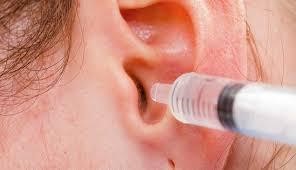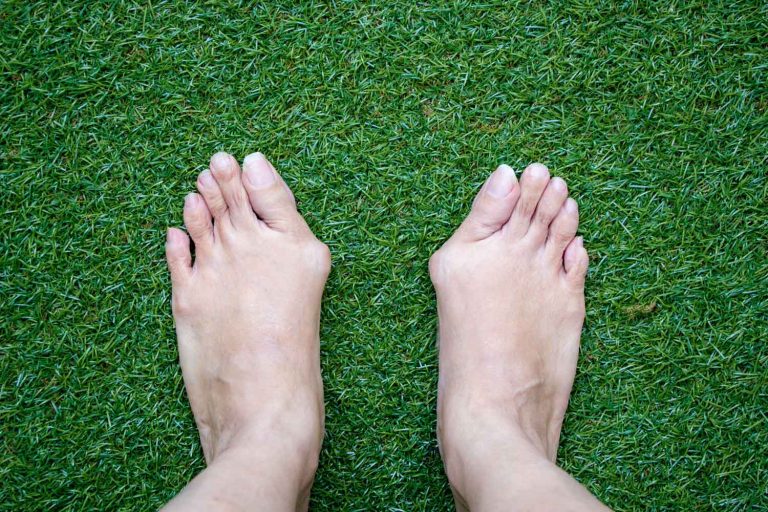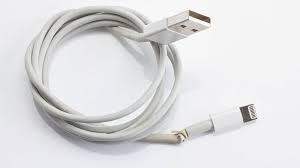A dislocated finger is often caused by jamming or overextending a digit. Dislocations most often involve the middle knuckle of the index, middle, ring, and little fingers. They can happen during sports activities, from falling onto your hand, or when a finger gets caught in equipment. Symptoms include visible deformation, swelling, numbness or tingling, pale skin, or a break in the skin. A finger dislocation should only be treated by a medical professional, and the treatment varies based on the severity of the condition.
Bone Realignment
After conducting an X-ray, and injecting a local anesthetic, a doctor will realign the dislocated bones. Pain and anti-inflammatory medications can be given orally or via injection or IV. A second X-ray is often done to confirm the finger bones are realigned and that none are broken. The injured finger is then either taped to the finger next to it or put in a protective splint. A splint remains on for up to six weeks, and that is if you heal well.
Do not delay seeing a doctor if you have a dislocated finger. This can make it difficult to treat the problem, delay healing, and lead to permanent impairment. The dislocation must be treated within six hours of the injury for a chance of successful recovery and rehabilitation. If there’s any loss of feeling, or cuts or changes in skin color, you should visit an emergency department immediately.
After the Initial Treatment
Aggressive care is needed for the first two to three days. An ice pack should be applied for 20 to 30 minutes, every three to four hours. You may need to do this for longer, depending on when the pain and swelling start to subside.
Your finger should also be elevated on pillows when lying down, to reduce swelling and pain. The same is true if you’re sitting on a couch or chair. Continue taking anti-inflammatory medication as prescribed by your doctor. In some cases, you may be referred to a bone specialist in a week or so; they are better equipped to monitor the healing process.
Exercises may be recommended, which may be similar ones prescribed by sports doctors. They help strengthen the finger during recovery and maximize the chances of the full function being restored. Your finger can possibly be as functional as it was before the dislocation, but only if you follow the doctor’s orders.
Do not resume sports or other activities that can re-injure your finger, until it is back in place and healed, a doctor says the joint is stable, and the pain and swelling have sufficiently diminished. Dislocation can be prevented by using tape or protective splints during high-risk activities. If it does happen, be sure to seek a doctor’s care and follow their advice.















+ There are no comments
Add yours